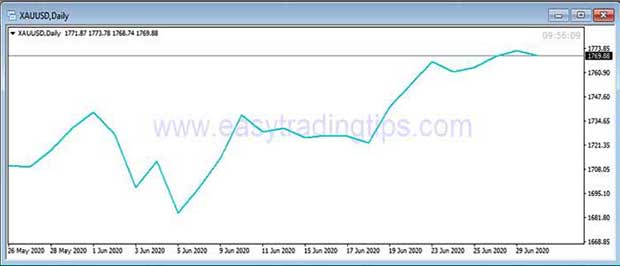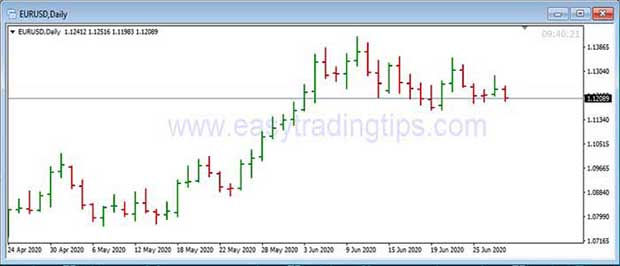Forex Technical Analysis
Easy Trading Tips provides daily Forex technical analysis of some major currency pairs and commodities. Our Forex analysis is based on recent market trends, technical indicators, and support and resistance levels. You can find the latest technical analysis below.



